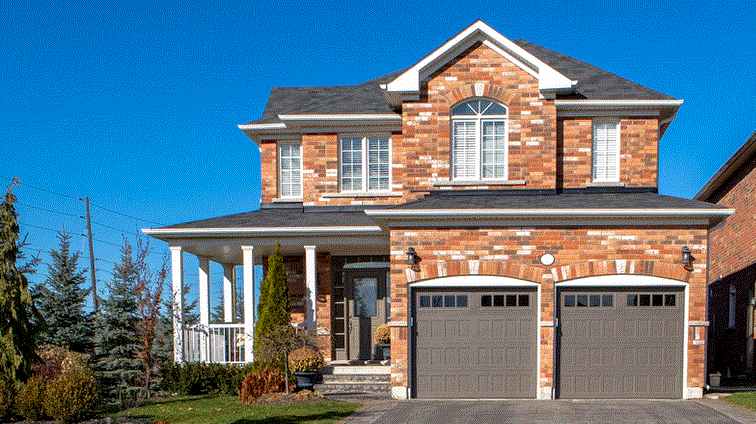MARYLAND - In Maryland, the housing market is experiencing a slowdown. Interest rates are rising, and rents are low, but inventory levels continue to grow incrementally. With this slowdown, prices are likely to go down. However, there are many other things to consider when considering your next home purchase in the state.
Baltimore's Housing Market Is Proving To Be Prohibitively Expensive
The recent increase in interest rates is one of the major factors contributing to Baltimore's housing market slowing down. The increase is partly due to the Federal Reserve's ongoing effort to keep inflation in check. As a result, the average commitment rate for a 30-year fixed-rate mortgage has increased by 2.27 percentage points compared to last year. This trend is expected to continue, reducing demand and pushing home values down. In fact, the average home value in Baltimore is predicted to decrease by 0.5% over the next few years. This will result in fewer buyers competing for the limited inventory.
The lack of supply in the housing market in the Baltimore area is another factor causing home prices to rise rapidly. In July, the metro area only had 1.21 months of supply. This is far less than the seven-month supply in the summer of 2018. Prices continue to rise in the Baltimore region. The fastest growth was seen in Carroll County, followed by Howard County.
Rents Are Low
The CPI and the FMR are two measures used by HUD to determine the cost of renting a home. The CPI is based on repeat rental prices and is a good proxy for inflation in the rental market. The FMR is an annual estimate of the cost of renting a home in a specific geographic area. However, the CPI alone is an unreliable indicator of rent increases, as it does not account for changes in rental prices in individual neighborhoods.
The College Park City-University Partnership is launching a Housing Trust program that will provide workforce housing in targeted College Park neighborhoods. College Park is home to approximately six percent of the UMD faculty and staff, and many neighborhoods in the area have expensive rental properties and sky-high home prices. The new program will help stabilize some of these neighborhoods by purchasing homes through a Shared Equity Homeownership Program, which will help the community build affordable housing.
Interest Rates Are High
The latest data show that interest rates have increased in Maryland. This is largely due to the Federal Reserve's efforts to contain inflation. As a result, the average commitment rate for a 30-year fixed-rate mortgage has increased by 2.27 percentage points. These rising rates will likely slow demand for homes, lowering home values. Consequently, there will be fewer buyers competing for limited available inventory.
While the overall housing market is showing some signs of easing, prices are still rising, and the housing inventory is low. Increasing mortgage rates will make it more expensive to purchase a home in 2023. With fewer options, some prospective buyers wait until the market is more favorable for them in 2023. However, it is important to consider that this could mean missing out on an opportunity. Ultimately, your decision should be based on your current financial situation and life goals.
Inventory Levels Are Increasing Incrementally
Rising inflation is pushing the cost of a home, making it difficult for buyers to find affordable homes. This leads to lower consumer spending, resulting in a real estate crash in 2023. In addition, rising inflation is increasing the risk of a recession, so lowered economic activity will contribute to the crash.
Despite the rising price of a Maryland home, inventory levels are expected to rise gradually. The market will continue exhibiting strong demand and limited supply characteristics. In July 2022, the average home in Maryland was valued at $406,436 - a 9.8% increase year-over-year. According to Zillow, this trend will continue.
Prices Are Increasing
The Maryland housing market continues to be strong, with a low inventory and a strong demand for homes. As a result, prices are steadily increasing. In July, the median price for a typical Maryland home was $406,436 - a 9.8% increase over the previous year. According to a report by Zillow, prices will continue to increase in the state in the coming years as the number of homes on the market continues to decrease.
The average home price in Baltimore is projected to fall by 0.5% over the next several years. While Baltimore's housing market has been steadily increasing for years, the current slowing economy is affecting demand for homes. Additionally, there are fewer buyers in the market than there are properties. That means fewer buyers are competing for the limited inventory. While this is bad news for homeowners, Maryland's housing market still has room to grow.




